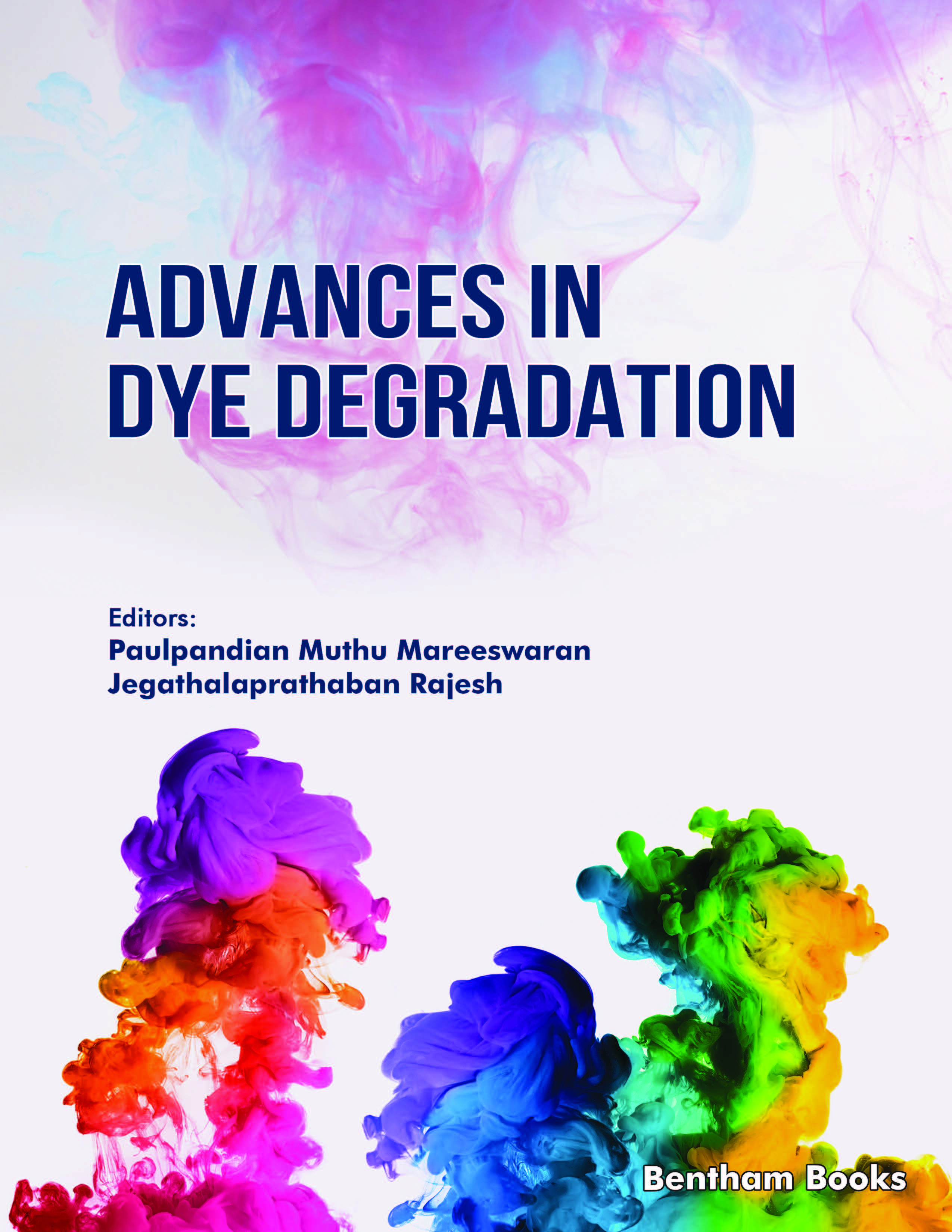Introduction
This series provides information on the nature of dyes, their harmful effects, and dye degrading techniques. The first volume of this series presents a fundamental concept of dye degradation. The information on target-oriented dye mitigation is intended to give readers a better understanding of the dye degradation process to sustain a healthy environment. Chapters present referenced information and highlight novel breakthroughs in the industry.
Key topics:
1. Foundations of Dye Knowledge:
2. Evaluating Toxicity
3. Nanotechnology
4. Electrochemistry
5. Catalytic Materials and Photocatalysis
6. Microbial Biodegradation
This book serves as a foundational resource for researchers and students in chemistry and chemical engineering courses. It also serves as a reference for industry professionals who work with chemical dyes (for example in textile and plastic industries) and are engaged in the critical field of environmental remediation.
Readership
Scholars in chemistry and chemical engineering; professionals in manufacturing industries and environmental sustainability.

